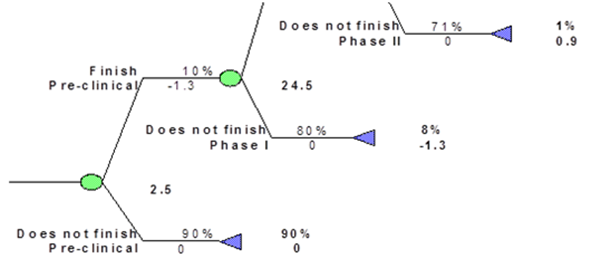
More information on valuation methods
For more information on valuation methods, see our reports and analyses or interview series. Or read the book by our CEO Dr. Patrik Frei: Frei, P., Assessment and Valuation of High Growth Companies, Bern: Haupt Verlag, 2006 (also available on Amazon.de).





